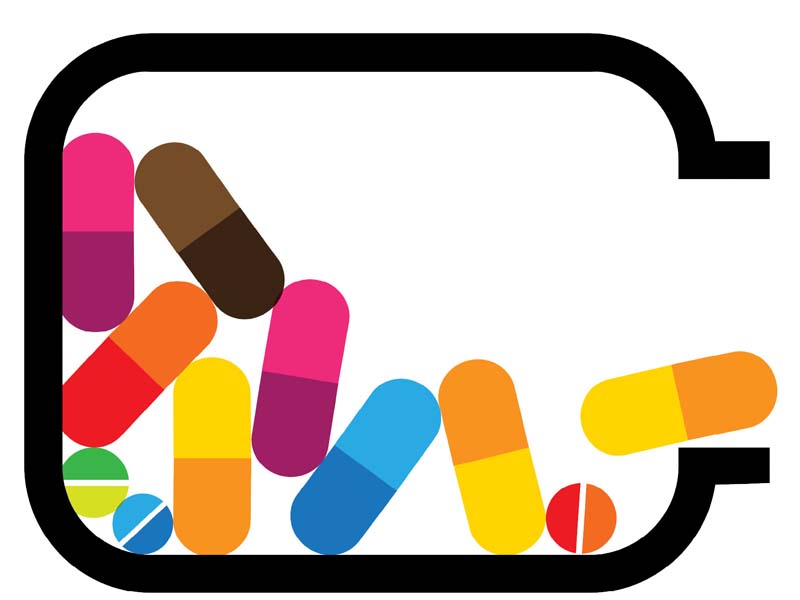
Antibiotic resistance occurs when an antibiotic loses its ability to effectively stop or kill bacterial growth. In other words, bacteria continue to multiply in the presence of therapeutic levels of an antibiotic.
Unlike other drugs, such as antihypertensives, antipsychotics and anti-diabetics, the use of antibiotics is limited to their dosage. Without the economic motivation driven by a populace’s propensity for pill-popping, not a lot of effort is being put to discover new classes of antibiotic drugs. So, while antibiotics may be failing, new bacterial diseases are on the rise.
Ditching the DIY approach
Dr Obaid Ali, who is the deputy director of the Drugs Regulatory Authority of Pakistan where he also serves as the federal inspector of drugs, shares why antibiotics can sometimes do more harm than good. "Due to patient non-compliance in Pakistan, while following proper storage requirements and consuming antibiotics at regular intervals, resistance towards them has greatly increased," he says. "Multiple and unreasonable therapies of antibiotics need to be strictly avoided. Self-medication by consuming antibiotics and stopping when symptoms vanish is a major area of concern," adds Dr Ali. This is also why he strongly suggests doctors and prescribers not prescribe antibiotics in cases of viral infections.

Steps to mitigate problems caused by antibiotic resistance.
The drug inspector sheds light on another interesting aspect pertaining to the packaging of medicines: one bottle does not include the complete dosage. For example, if the full treatment consists of 15 doses of an antibiotic, the packaging should contain the prescribed quantity to deter patients from giving into the temptation of just completing half the course, consequently spreading the resistant bacteria to people around them.
Delays in efforts to counter antimicrobial resistance can prove dangerous. The issue of resistance does not seem to have captured the public’s imagination yet but unless addressed, it will continue to pose a risk to precious lives.
Komal Anwar is a subeditor at The Express Tribune magazine desk. She tweets @Komal1201
Published in The Express Tribune, Sunday Magazine, April 26th, 2015.

















COMMENTS (2)
Comments are moderated and generally will be posted if they are on-topic and not abusive.
For more information, please see our Comments FAQ